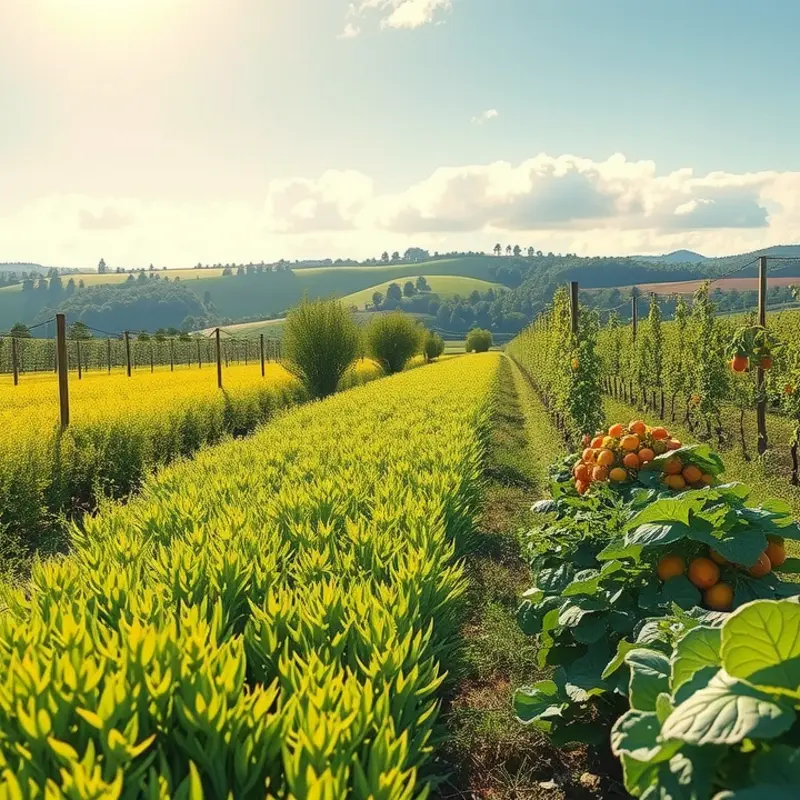Cooking in an oven can be an art form, and maximizing its efficiency is key to elevating your culinary creations. Understanding your oven’s capabilities allows for more balanced cooking and helps save energy. With the right techniques and tips, you can improve the outcomes of your baking and roasting endeavors, whether you’re a novice or an experienced cook. It’s time to explore simple strategies that will transform your kitchen success.
Understanding Your Oven

For any home cook aspiring for consistent culinary success, understanding the specifics of their oven is crucial. Whether you’re using a conventional, convection, or toaster oven, each type comes with its unique characteristics that influence cooking times and methods. Recognizing these differences allows you to make informed adjustments for optimal heat distribution and energy usage.
Conventional Ovens use radiant heat from above and below. They’re typically the most intuitive for new cooks since they have a straightforward design. However, their heating can be uneven, often resulting in hot spots. To combat this, it’s essential to rotate your trays and pans midway through cooking. Increasing evenness can also be achieved by positioning your trays centrally and avoiding overloading the oven.
Convection Ovens have built-in fans that circulate hot air throughout the cooking chamber. This even heat distribution typically reduces cooking times by about 25% and cooks food more evenly, which is especially beneficial for roasting. When using convection, you may need to reduce the oven temperature by 25 degrees Fahrenheit. It’s vital to reference any recipe you follow to check if an adjustment is necessary.
Toaster Ovens, meanwhile, are ideal for smaller dishes or when you’re cooking for one or two. Despite their size, toaster ovens can replicate most cooking methods of larger ovens, including baking, broiling, and roasting. The primary consideration is the size of your cookware, which must fit within the confines of the appliance. Regular cleaning of trays and elements can prevent uneven heat distribution caused by a build-up of drippings or crumbs.
Conversations around cooking time and temperature are incomplete without discussing energy efficiency. Convection ovens, due to their faster cooking times, tend to be more energy-efficient than conventional ones. However, when cooking smaller meals, the energy efficiency of toaster ovens becomes evident—saving both time and energy by heating up more quickly than larger ovens.
One common mistake is misplacement of oven racks. Positioning can affect air circulation and heat exposure. For roasting, place your rack lower to allow rising heat to create a uniformly crisp exterior. For baking, the center rack is optimal. If you’re juggling multiple dishes, ensure there’s enough space between them for air to circulate.
To further explore maximizing your kitchen efficiency, consider delving into the topic of low-waste cooking and prep. Understanding how to efficiently store ingredients not only complements your understanding of your oven’s functionality but also aligns with maximizing its full potential.
Acquainting yourself with your oven’s intricacies is not merely about applying general rules. It’s about experimenting with its quirks and adjusting accordingly to achieve those perfectly roasted vegetables or flawlessly baked pastries. With practice, you’ll find that unlocking your oven’s full potential transforms routine cooking into exceptional culinary experiences.
Practical Tips for Efficient Baking and Roasting

Maximizing your oven’s potential begins with understanding the crucial role of preheating. Preheating allows your oven to reach the ideal cooking temperature, ensuring even heat distribution from the start. Begin your baking or roasting process by setting the oven to the desired temperature 15-20 minutes before placing your dish inside. This period can fluctuate depending on your oven’s efficiency and age. If you’re in a rush, however, preheating to a slightly higher temperature for a shorter time can offer a quick boost, though this method requires careful monitoring.
Rack placement is another influential factor in achieving optimal cooking results. Generally, placing your dish on the middle rack offers the most balanced heat distribution for baking. For crust-focused roasting, the top rack may provide the high, direct heat needed to achieve that perfect sear. Conversely, delicate items, like custards or slow-cooked casseroles, benefit from the gentle, consistent heat of the lower rack. Adjusting the rack position according to your recipe can drastically impact your cooking outcomes.
Incorporating baking stones or sheets into your routine is a game-changer for heat retention and distribution. These tools act as thermal masses, absorbing and radiating heat evenly. When preheated along with your oven, they provide stable, uniform temperatures, reducing temperature fluctuations when the oven door is opened. Opt for thicker stones for broader heat retention but ensure they are compatible with your oven’s size.
The choice of cookware also holds significant sway over your oven’s efficiency. Materials like ceramic, glass, and cast iron boast excellent heat retention, potentially reducing overall cooking times. Metal pans, however, conduct heat swiftly, offering quick heat response—ideal for recipes requiring temperature accuracy. Select your tools based on the dish’s cooking needs for the best results.
Making use of residual heat is an often-overlooked energy-saving tactic. Once your dish is nearly done, turn off the oven and allow the existing heat to finish the cooking process. This method is sustainable and adds to your kitchen’s eco-friendly practices. For ideas on incorporating such practices further in your kitchen, explore eco-smart kitchen storage.
Lastly, minimizing oven door openings can significantly enhance cooking efficiency. Each open reduces the internal temperature by at least 25 degrees Fahrenheit, forcing the oven to work harder to regain its set temperature. Use the oven light to check on your dish’s progress instead. This habit maintains a stable cooking environment and optimizes energy use.
By implementing these strategic techniques, you’ll harness both the power and efficiency of your oven, paving the way for perfectly baked and roasted creations with each use.
Final words
Enhancing your oven’s efficiency doesn’t require major changes, just a commitment to understanding and optimizing your cooking practices. By knowing your oven type and employing practical tips for baking and roasting, you’ll improve results while also conserving energy. Remember, the key lies in small adjustments that can make a significant difference. Happy cooking and enjoy the delicious outcomes of your newfound knowledge!







